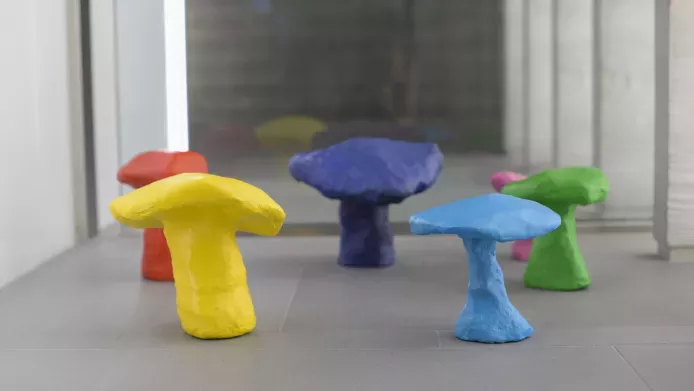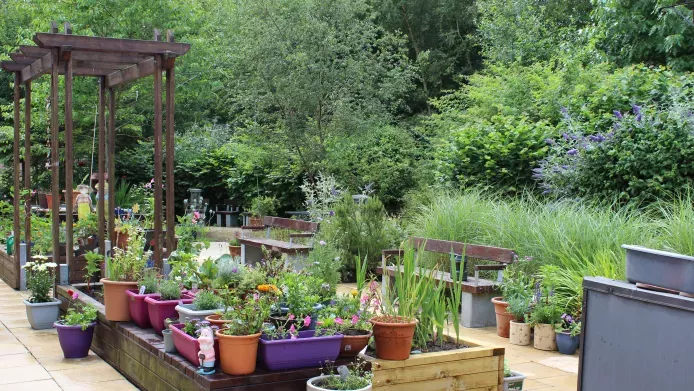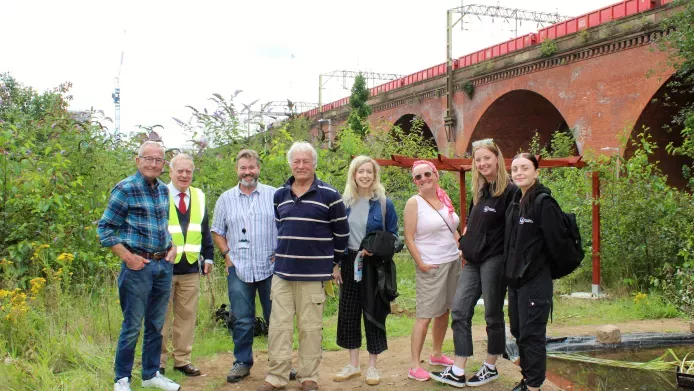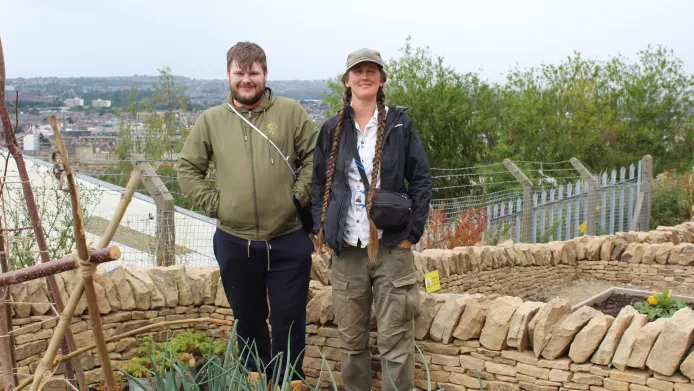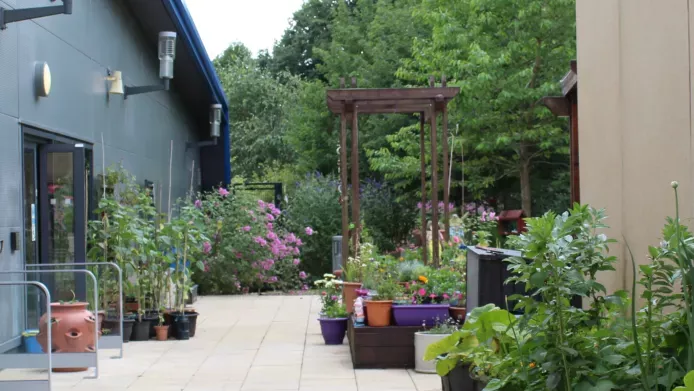Grow Wild has been delighted to fund some incredible projects since our launch.
With Community Programme grants and Youth Project grants on offer, we have supported young people and groups in London and across the UK to develop a huge range of projects that explore the power of plants and fungi.
